|
by Dark Watcher |
|
|
The Playdia Quick Interactive System was one of Bandai's next attempt at entering the videogame console industry. It was
released in 1994 in Japan only and marketed as a family oriented system. Geared toward a younger audience, the Playdia was somewhat smaller then most consoles. Its blue casing giving it a more "toy" feel. The Playdia controller used infrared waves instead of cords and was made to be used either on or away from the machine (see images) Using CD-based games, the Playdia could produce impressive anime style Full Motion Video (FMV). Most of the games were interactive educational titles. Bandai did however make a few interactive games based on their franchise series such as Gundam, Sailor Moon, Ultra Man and Dragon Ball Z. However, the games lacked real game play. Simply being an interactive cartoon, the player simply instructs the onscreen character by selecting prompted menu choices using the Playdia control pad. |
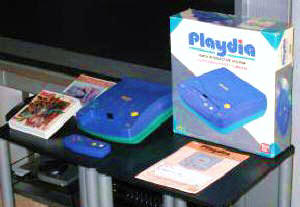 |
|
The Playdia did not sell well. Collectors or fans of the cartoon series may have had slight interest in it, but it was not
enough to make an impact. The console was a failure for Bandai. FACT: Bandai, seeing a need to recover losses from this failed system, began publishing Idol CDs in order to sell more Playdia units. Idol CDs were interactive games featuring young Japanese girls that took off their clothes at the players command. This tactic seems rather strange since the Playdia was originally marketed as a 'family oriented system'. Guess daddy needed some fun too. Funny thing is that it worked. Bandai sold enough units to make a small profit. |
|
|
by Marriott_Guy |
|
|
During the early mid 1990s, the video game market exploded due to the new technology available to developers, specifically the jump in
processor speed and the release of the CD-ROM format. No longer were game programmers limited by the small canvas standard
cartridges provided - the CD-ROM was their dream come true. With this new media format at their disposal, manufacturers began to
truly expand the definition of a video game console. Computer hybrids (Commodore 64 GS,
FM Towns Marty, Amiga CD32, etc.) and
all-inclusive multimedia devices (Philips CD-i, Panasonic 3DO,
Pioneer LaserActive, etc.) were designed to target a new, and older,
audience. Taking a slightly different approach, popular game developer Bandai decided to enter the foray with their release of
the Playdia. Instead of following the current trends, Bandai marketed the Playdia to children and families. Would this
Japanese-only release hit the mark? Far from it as you will see. The Playdia is a rather unsophisticated looking unit. The rectangular chassis is comprised of medium weight plastics, sporting an indigo-blue top section with a leprechaun-green base. The design is simple and to the point. A simple power and reset switch reside on the left top of the console, with a large banana-yellow 'open' button on the right to open the door of top loading CD drive. There is a rectangular recess directly in front of the unit to park the wireless IR controller (the second system ever to have a wireless controller standard). The weight of this unit is a bid odd, with most of the weight residing in the back. A standard composite output and DC 9V power supply jack adorn the rear of the unit. Though simplistic in appearance, I do have to say it does stand out in a collection due to the unique colors used. But that is the only reason it stands out. |
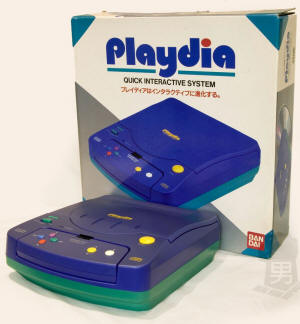 |
|
With a younger audience in its sights, the library of games for the Playdia is comprised of mostly edutainment titles. All games
for this system are interactive FMV movies - there is no real game play with this system with the exception of selecting from an
action for your character from a lit of presented options. The FMV titles are really not that bad. The anime sequences are
presented well with very little frame rate drop off, but this is easy to accomplish since there is no real-time input from the user
during the sequences. Surprising around 33 titles were released for this system. But not all of these were for the kids. The Playdia was not succeeding at all and Bandai began feeling the fiscal repercussions of a failed system. The Sony PlayStation entered the market just months after its debut and sealed this system's fate. Looking to recoup their losses, Bandai released interactive anime adult titles to stem the negative financial losses incurred in the first two years. Odd that a system initially tailored to the family would resort to these measures, but it worked. Bandai was able to get out with minimal losses after all was said and done in 1996. Plus, Bandai had significant resources devoted to a bigger project - the Bandai Pippin. The Bandai Playdia was a short lived and unsuccessful system. Even with devoting their efforts to a rather untapped market (children/families), the Playdia could not survive the release of the Sony PlayStation. This is definitely not a recommended purchase for the gamer - only for a console collector. Though unique, the unit is not that pricey but usually requires importing the unit from Japan. The Playdia is nice to look at in your collection, not so much when you fire it up and experience it. |
 |
|






 2010s - NOTES
2010s - NOTES


 MODELS
MODELS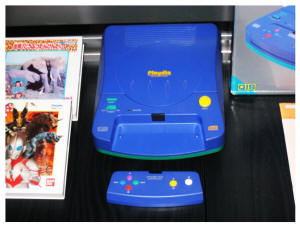
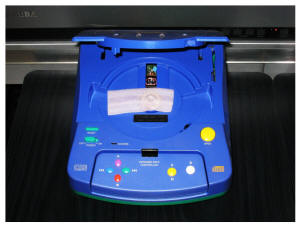
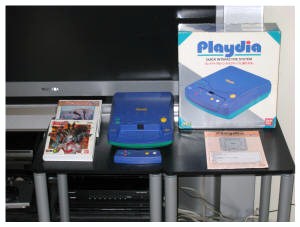

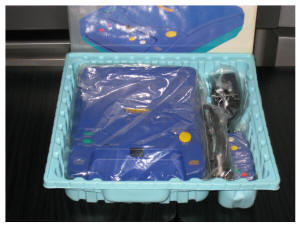
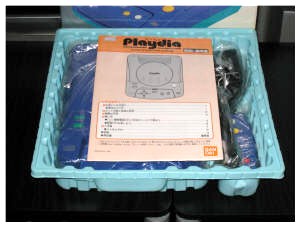
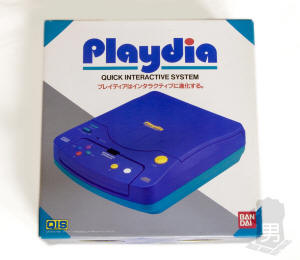
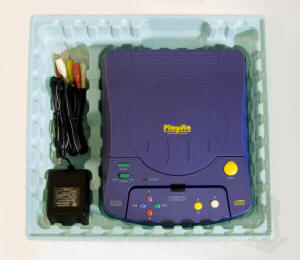
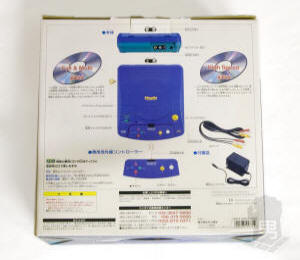
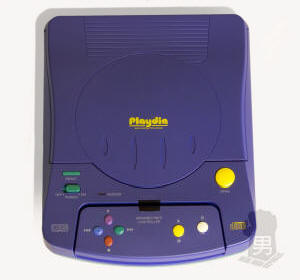

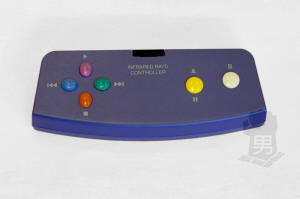
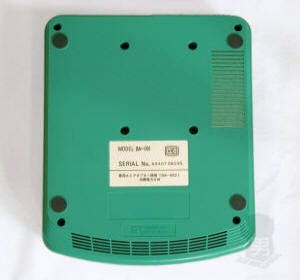
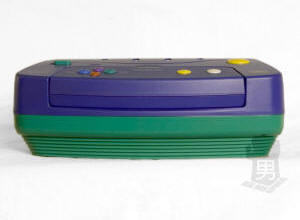
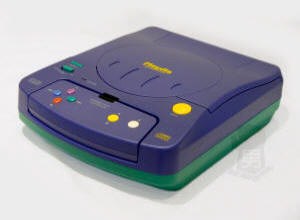
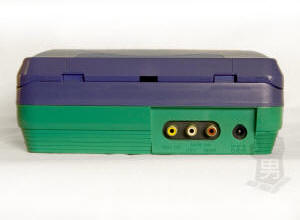
 CLONES
CLONES CONSOLE RATINGS
CONSOLE RATINGS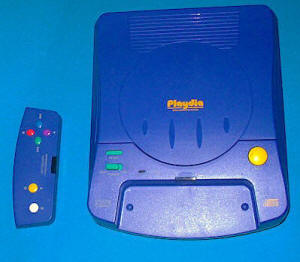
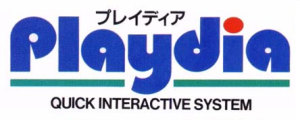
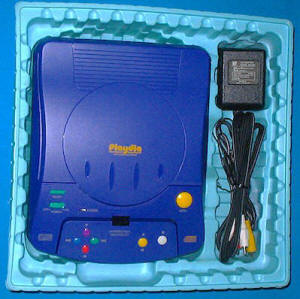
 FORMAT, PACKAGING & GENERAL INFO
FORMAT, PACKAGING & GENERAL INFO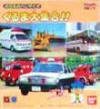
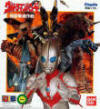
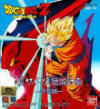
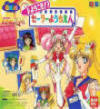

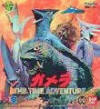
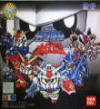
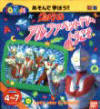
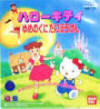
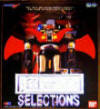
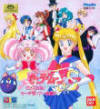
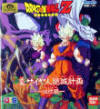

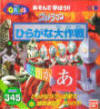
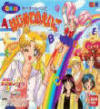
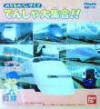
 SCREENSHOTS
SCREENSHOTS

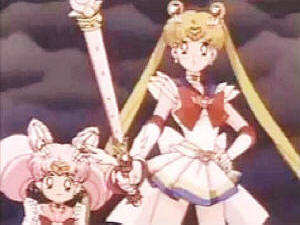
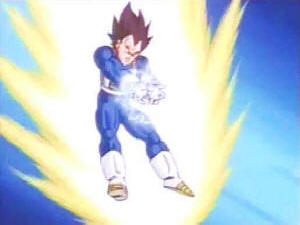
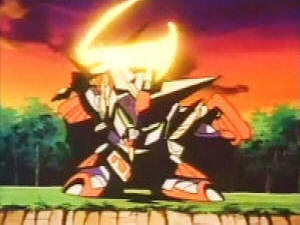

 EMULATION
EMULATION SPECS & MANUALS
SPECS & MANUALS OTHER
MEDIA
OTHER
MEDIA WEB RESOURCES
WEB RESOURCES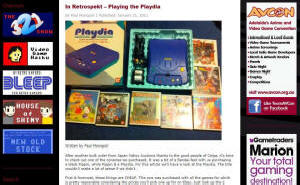
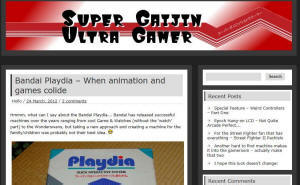
 DISCUSS
DISCUSS